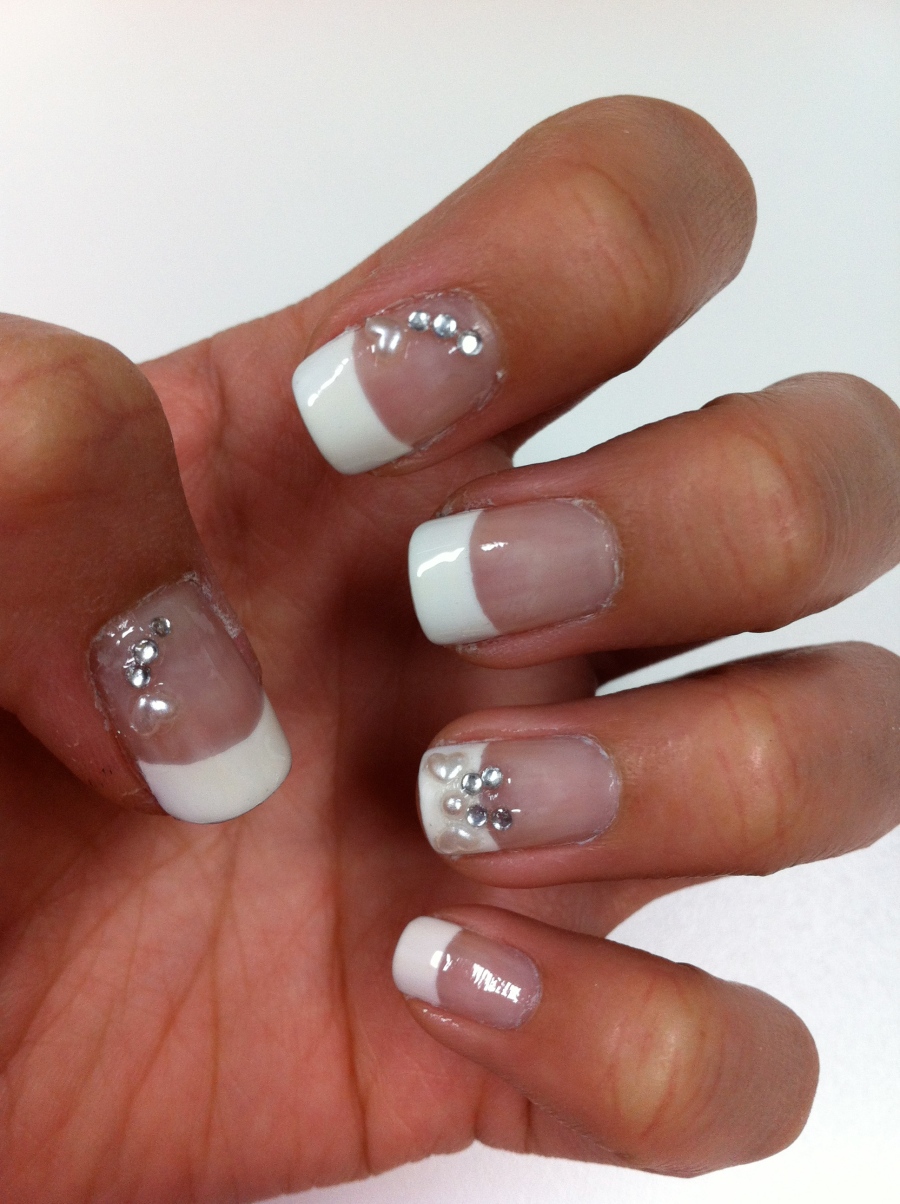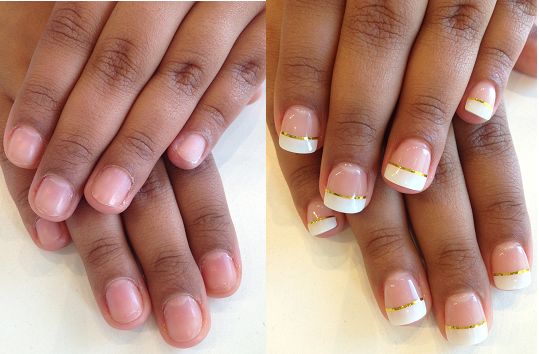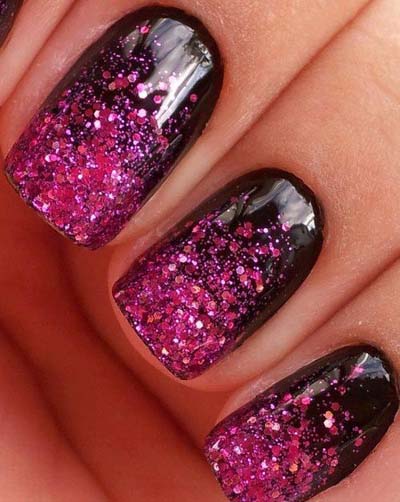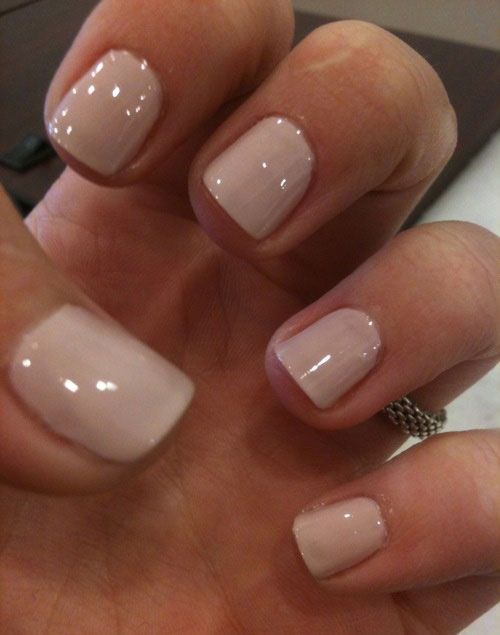
Category: Nails


french manicure
If you want a chic and polished look, nothing beats a classic French manicure. This style of manicure is clean and chic. Choose a pale pink or clear base coat and we will make your tips pop with a crescent of white nail polish. For a striking look, let your nails grow long as we use gels or acrylics to lengthen them instantly. We give your nails some Parisian flair without.

different types of manicures
Most manicures start out the same way, with some people choosing to stay with the basic procedure and others opting for more creative options. Learning about the different types of manicures can help you decide what suits you best. After all, your nails can say a lot about who you are. Whether you let your creativity shine through with the latest 3-D nail décor or if you opt for a simple nude polish – or something in between, it’s really up to you to decide what type of type of nail art suits you best.
Seven Popular Types of Manicures
Basic Manicure
If you are new to receiving manicures, start with a typical basic manicure, without all the extras. A nail technician will apply a cream, oil, or lotion to the cuticles first, and place the hands into a dish of warm water for about five minutes to soak. After the soaking process is over and the cuticles have been tamed, the technician will dry the hand, and ask what nails and length you prefer. You can choose from square, oval, squoval (a combination of square and oval), or the popular stiletto shape.
At this point in the manicure, the shape of the nails has been defined and it is time for a massage. When the massage has been completed, a base coat will be applied first. After that, a polish of your choice is applied usually twice. Last, a top coat is applied. Once the nails have been polished you will place your hands under a nail dryer to complete the drying process.

French Manicure
The ever-classic French manicure is destined to give you the clean, gorgeous look you want. A clear, pale pink or beige polish is applied over the entire nail, and white polish along the tip. The end result is healthy, vibrant and perfect for all occasions – you definitely can’t go wrong with this look.
Reverse French Manicure
On the flip side, you might consider the reverse French manicure, a look that really took off on the high-fashion runways in Europe before achieving mainstream popularity. The look is essentially a takeoff of the traditional French; in it, the “moon” of the nail is painted white while the rest is done in a darker shade.
Another option is to simply reverse the colors; try an all-white nail with a strip of color along the tip. Popular shades for this look are black and wine during fall and winter, and yellow and pink during spring and summer.
American Manicure
An American manicure is similar to the French, but the shape and color of the nails differ. In the American manicure the tips are sometimes rounded, and use more neutral or off white colors on the tips, instead of the drastic bright whites used in the French manicure.
Gel Manicure
If you want a long-lasting manicure without the commitment (or potential damage) of having acrylic nails applied, getting a gel manicure is a good an option. All the steps of a basic manicure are taken, except a special polish that requires curing under a UV light is applied. This cured polish typically lasts days longer than the polish used for a basic manicure, and is less prone to chipping.
Paraffin Manicure
A paraffin manicure is a must for anyone with dry or overworked hands. Paraffin wax is used to infuse the skin with instantaneous moisture, leaving it smooth and supple. The manicure also includes a stimulating hand massage and finishes with a chic basic manicure polish look. Some paraffin treatments include the addition of various oils, like grape seed, for extra moisturizing benefits.
Hot Stone Manicure
If you’re dreaming of something ultra-pampering or want to give a great gift to a pal, consider a hot stone manicure. This indulgent treatment includes all of the delights of a basic manicure, plus the addition of heated stones, which are placed over the hands to provide relief and comfort. You can also give yourself a hot stone manicure at home.
Manicure Embellishments
You can further personalize your manicure – whatever type you chose – with embellishments. Adding that extra something to your nails that make them pop is always exciting. Many salons will either have a mannequin hand with a full set of nails applied to it, or a display of nail tips to showcase all the different types of nail art services they offer.
Airbrushing
Airbrushing is a very quick method of applying designs to the nails. The nail technician may use a stencil or freehand the designs. Don’t be afraid to bring in your own stencils or unique designs if you have any.
3-D Nails
This type of nail art is very innovative. You can pick bow-ties, hearts, happy faces, or whichever design your nail shop has in stock to be applied to your nails. You can walk around with your own pint-sized works of art on each finger if you chose to do so. With 3-D nails, you and your nail technician can be as creative you wish.
Rhinestones
Adding gems and rhinestones to a manicure can make even the simplest manicures pop. They can be used to enhance other types of nail art, or become the main attraction by putting them over the entire nail.
Artificial Nails
A manicure is not typically given when receiving a set of artificial nails, because it interferes with the bonding process between the extensions and the acrylic. If one chooses this option, choosing nail tips can be a fun experience that allows for personalization of the look. Many nail salons have the basic French tips, but they also have more exciting ones that come with pre-made designs and in a variety of colors.
Many Ideas
There are a variety of manicures to choose from and you can have each one tailored to fit your preferences. Nail trends are always changing so your nail technician can help you to stay on top of them. Be open to try new ideas as you enjoy the pampering that goes along with the manicure process.e,

10 tips for artificial nails
 Artificial Nails: Acrylics, Gels, and Silks
Artificial Nails: Acrylics, Gels, and Silks
- Go to a pro to get your nails. At-home products “require a lot of skill, far more than do-it-yourself hair color,” says Doug Schoon, co-chair of the Professional Beauty Association’s Nail Manufacturer Council on Safety.
- Don’t peel off your artificial nails. “They’re designed to adhere to the nail, so if you peel them off, it yanks off the top layer of your nail,” Schoon says. After they’re off, your own natural nails should look healthy. Go to a pro to get it done right.
- Choose a nail technician based on recommendations from friends, rather than basing it only on location or price. “A lot of people walk into the salon down the street because they see a price in the window that looks attractive, but they’re not getting the same service as they would going to someone educated with the right skills,” Schoon says. “If your nail technician isn’t experienced, she can file your nail plate too thin when applying gels or acrylics, which can damage your nails.”
- Your nail salon should look clean and disinfect tools between clients.
- Your nail technician should wash their hands before working on your nails and ask you to do the same.
- Leave your cuticles alone. Don’t let anyone at the nail salon cut or push back your cuticles. Breaking the seal between your fingernail and nail bed can lead to infections.
- Don’t bandage or try to repair a damaged nail yourself. Go to a professional so you don’t get a nail infection.
- Ask your technician how to care for your nails between visits. “It’s important to get a good, knowledgeable nail technician, someone who can teach you how to properly maintain your nails,” Schoon says.
- Speak up if something seems off. Tell your technician if you’re in any pain after your artificial nails have been applied, because they aren’t supposed to hurt. If you develop rashes or itchiness around the fingertips or your eyes, face, or neck (which many women often touch with their hands), Kleinsmith says you could ask your doctor if you’re sensitive to one of the ingredients in your artificial nails.
- Go natural now and then. The American Academy of Dermatology recommends skipping artificial nails occasionally, to give your own nails a break.

Different types of nails
Artificial Nails: Acrylics, Gels, and Silks
Acrylic Nails
Your nail technician will mix a liquid with a powder and brush the mixture onto your nails. They’ll usually cover your entire nail, though sometimes they’ll just add tips or a flexible form that they can sculpt to extend your nails.
The product hardens as it is exposed to the air. You may notice a strong odor during the application process, but it isn’t harmful, provided the room has good ventilation.
Upkeep: Over time, acrylics grow out with your nails. Every two to three weeks, you should return to the salon to have your nails filled in. Your technician will gently file down the acrylic edge closest to your nail bed, then fill in the empty area between your nail bed and the existing acrylic nail.
Removal: When you decide to have your acrylics removed, your nail technician will remove them quite easily, with no forcing or prying, after soaking your hands in nail polish remover for 15 minutes.
“If you accidentally catch on something, like the edge of a drawer, the whole nail can get lifted off of the nail bed,” says dermatologist D’Anne Kleinsmith, MD, of West Bloomfield, Mich. “When you break that seal, you’re able to get a yeast or fungus or bacteria brewing in that space.”
Gel Nails
Unlike toothpaste-thick gel products of the past, today’s gels have a similar  consistency to nail polish.
consistency to nail polish.
They are brushed onto your nails, nail tips, or nail appliqués to extend length. After your nail technician applies each coat, you must put your nails under ultraviolet (UV) light for up to two minutes to “cure” or harden the product. There is no odor during the application process.
Maintenance: Like acrylics, gels grow out with your nails and need to be filled in every two to three weeks. Your technician will gently file down the gel edge closest to your nail bed, and then fill in the empty area between your nail bed and the existing gel nail.
Removal: You can remove most gel nails by soaking them in nail polish remover. Some nail-sized wraps are filled with nail polish remover, which can loosen the artificial nails enough for removal, without drying out your hands.
As with acrylics, you could get an infection in your nail bed if minor trauma (such as getting your finger caught in a door or accidentally banging your nails against a countertop or other hard surface) causes your gel nail to lift your entire nail off.
With either gels or acrylics, the nail doesn’t have to come completely off your finger to cause an infection. If it’s loose, but still attached, that could be enough for bacteria or other germs to cause problems.
Silk Nails
These fabric wraps are glued in place to strengthen weak nails or help a cracked nail grow out. Some wraps are made of silk, but others are made of linen, paper, or fiberglass.
Your nail technician will fit the material to your nail’s shape, hold it in place, then brush on glue.
Silks are intended to be temporary, and the adhesives will loosen within two or three weeks, or sooner if you wash dishes by hand without gloves. Your nail technician can remove or reapply them at your follow-up visit.
































































